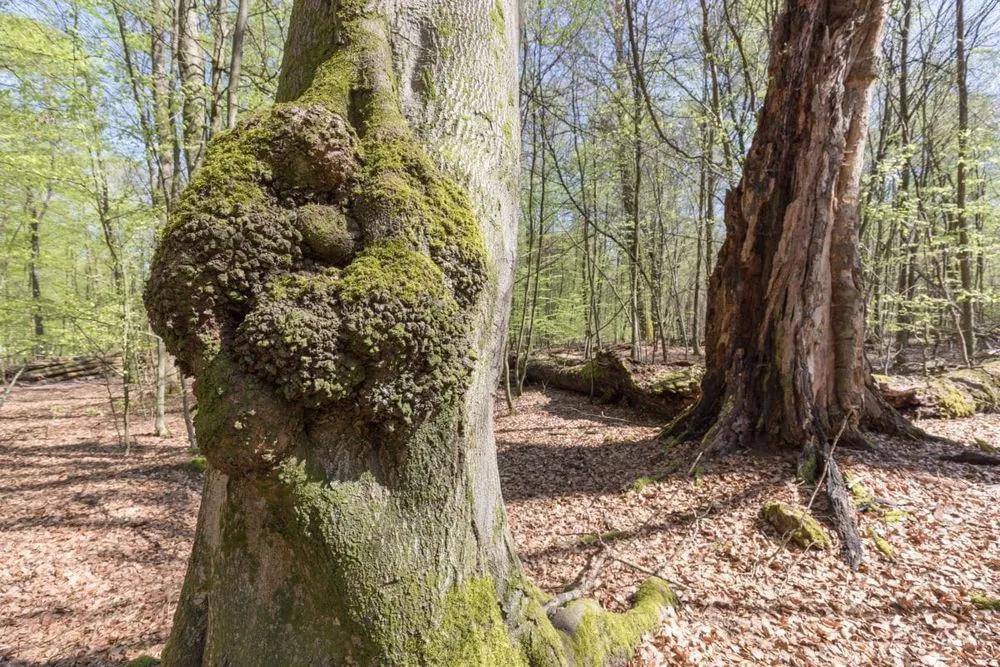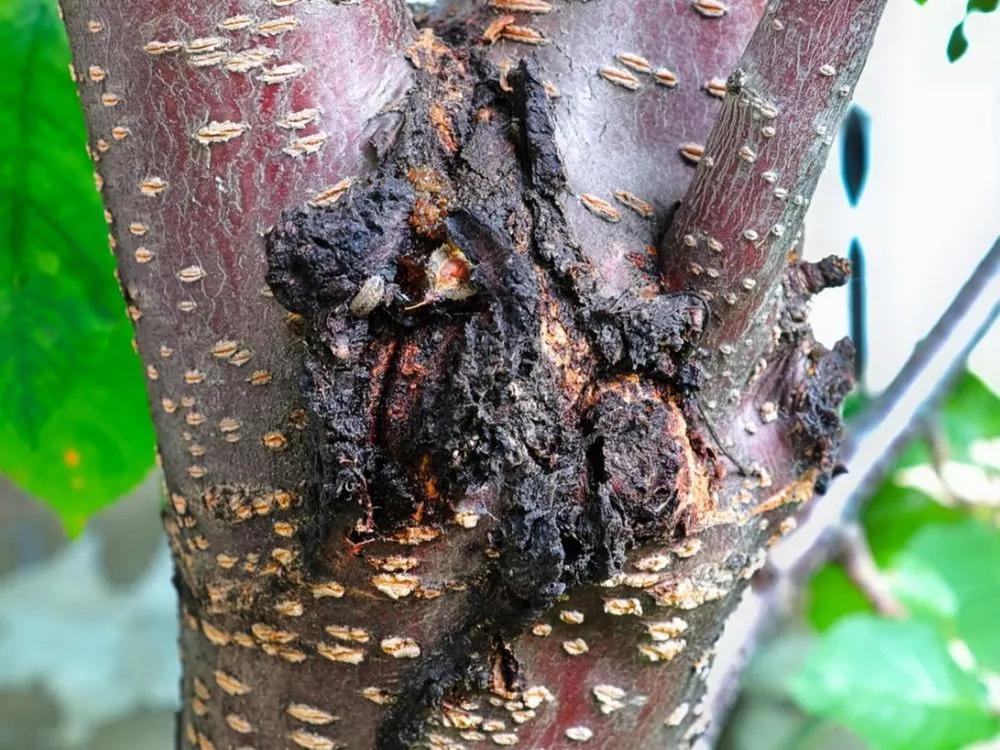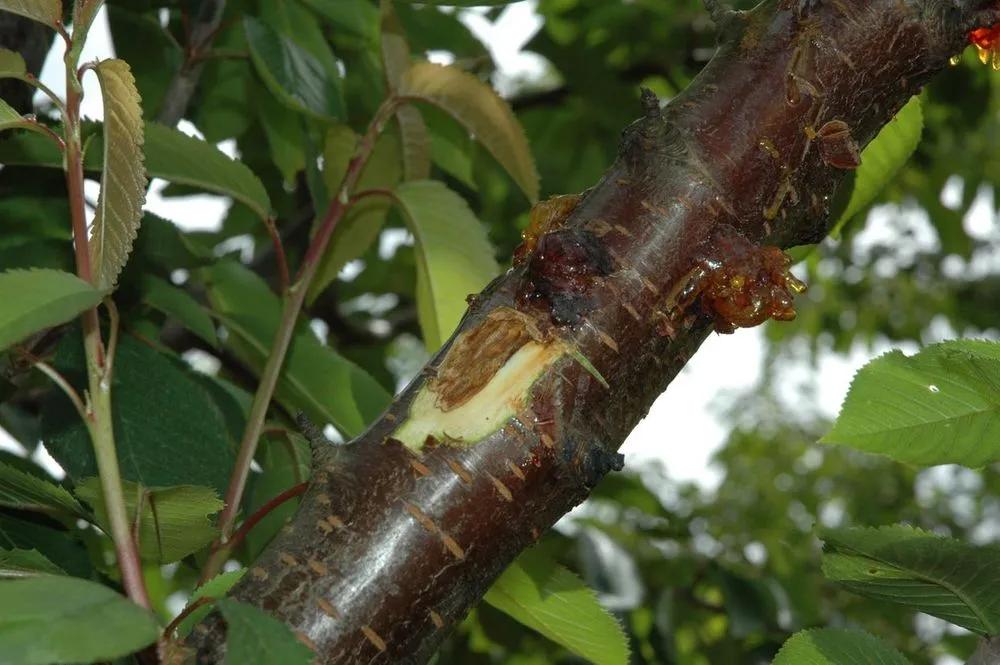Canker is a fungal disease that affects various plants, including trees, vegetables, and fruits. Ascomycota fungi cause it. Apiognomonia errabunda causes canker in oak and various deciduous trees. Tree canker affects both developing shoots and blossoming leaves, covering the entire aerial part of the plant, including leaves and fruits. First of all, the disease is visible on the leaves. The disease progresses rapidly, and the causative agent overwinters on infected stems and is introduced with seeds that are removed from diseased plants. The disease spreads due to the wind and animals and is transferred to clothes, equipment, etc. The rainy environment seriously induces the spread of tree canker disease.
Tree Canker Disease



Signs of damage
- Canker appears as dark (more often brown, less often pink or orange), sunken lesions on leaves, stems, flowers, and fruits;
- The appearance of other dark spots and ulcers;
- Due to the disease's progress, the spots on leaves merge, then the leaves turn brown, dry out, and fall off prematurely.
- The infected fruits rot.
How to prevent
Raindrops and water flowing from the soil's surface contribute to its spread because the canker spreads and damages the plant only in the presence of moisture. A prerequisite for preventing this disease of trees is to avoid the most favorable conditions for its development, primarily high humidity (about 90%), a sudden change in temperature conditions, and high temperatures above 72 °F (22 °C). Spores can germinate at temperatures from 52 to 104 °F (11 to 40 °C). Their most intensive germination is observed at 72-90 °F (22-32 °C).
Heal
The treatment of seeds of agricultural crops with pesticides for disinfection from pathogens of fungal and bacterial diseases, as well as for the protection of seedlings from soil pests, selection of resistant varieties, and spraying of canker-sick plants with fungicides are among the most effective measures to combat the disease.
Go Premium to continue reading
Also you’ll get unlimited access to disease identification and all the other beneficial features
More problems
